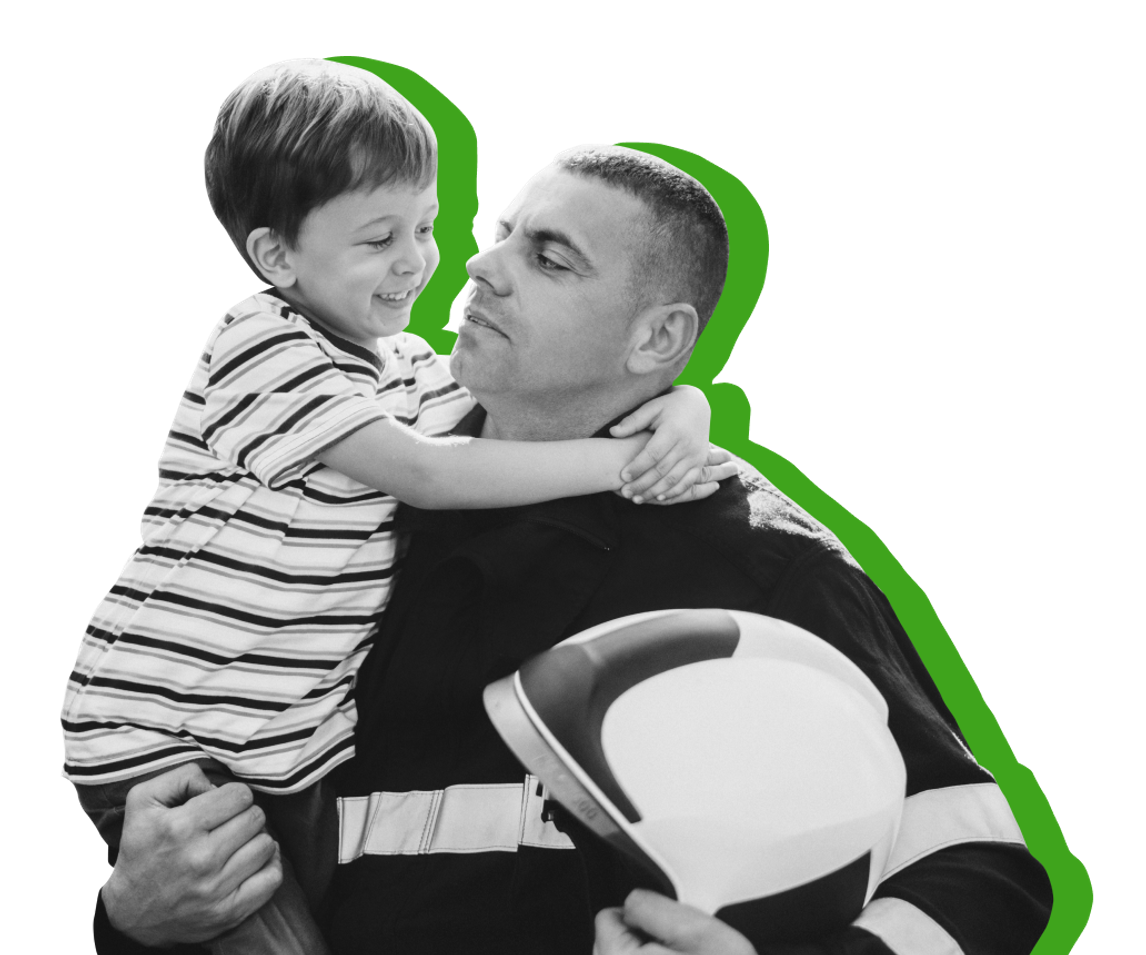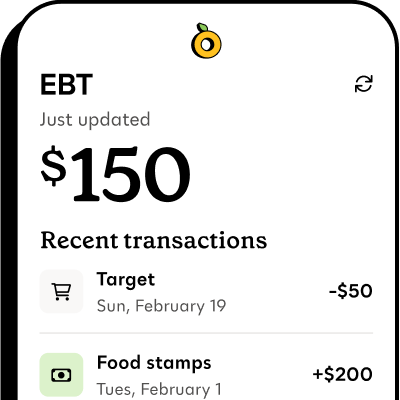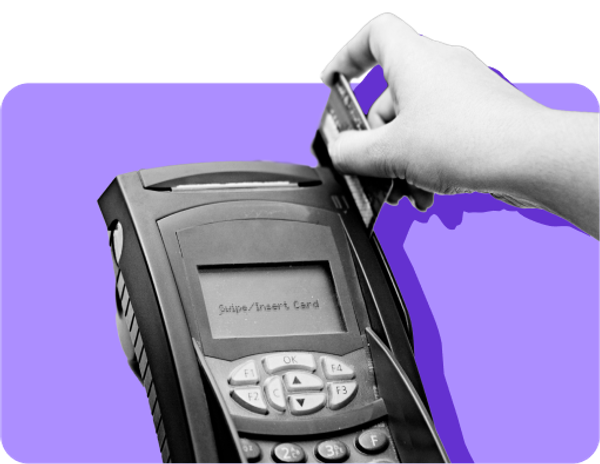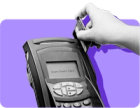Food stamps for veterans: Full guide to SNAP for veterans

If you’re a veteran, you may be eligible for food assistance through SNAP (also called food stamps). SNAP is a federal program that helps low-income Americans afford groceries each month.
More than a million veterans live in SNAP households, according to research from the Center on Budget and Policy Priorities, including people with VA disability ratings or retirement benefits.
Whether you’re a veteran living on a fixed income or transitioning to civilian life, here’s how SNAP can help and how to apply.

Propel is the #1-rated EBT balance checking app
SNAP for veterans: An overview#snap-for-veterans-an-overview
- SNAP provides monthly funds to help you buy food using an EBT card, a debit-style card that can be used at most grocery stores, convenience stores, farmers markets, and even online retailers like Amazon or Walmart.
- Your state will send your SNAP benefits directly onto your EBT card each month (the amount is based on your household size, income, and expenses).
- You can spend those benefits on SNAP-eligible groceries like fruits, vegetables, meat, dairy, and snacks at participating stores.
- The exact amount you’ll get if you qualify for SNAP depends on a few different factors, but in 2023, the average SNAP household received $332 per month in benefits, according to the USDA.
- SNAP households with children received an average monthly benefit amount of $574.
What do veterans need to do to qualify for SNAP?#what-do-veterans-need-to-do-to-qualify-for-snap
SNAP is federally-funded but run by each state, so rules, application forms, and eligibility checks can vary slightly depending on where you live.
SNAP eligibility and benefit amount are based on three main factors:
- Income: You need to make less than the gross income limit (income before taxes) for your household size in order to get SNAP. For example, a single person typically needs to make $2,510 or less per month. SNAP income limits vary by state and change every year
- Household size: Your household size (the people you buy and prepare food with) changes the income limits your state uses to determine SNAP eligibility. The more people in your household, the higher the income limit will be for getting food stamps
- Expenses: Certain regular expenses, including food, housing, medical, and other necessary expenses determine how much you’ll get in SNAP benefits
A few key clarifications for veterans:#a-few-key-clarifications-for-veterans
- For SNAP eligibility, VA disability compensation as well as retirement and military pension count as income
- Active-duty service members, National Guard, and reservists can apply for SNAP if their household meets the income limits
- Homeless, recently separated, or veterans with very low-incomes may qualify for expedited (emergency) SNAP, which can start within seven days (this is shorter than the normal 30 day timeline)
- Most adults ages 18 to 64 without children or other dependents need to meet work requirements in order to get SNAP, unless they’re exempt (like veterans who have a 100% disability rating, have a disability that makes them unable to work, or have a young child at home they need to care for)
How to apply for SNAP for veterans#how-to-apply-for-snap-for-veterans
If you’re a veteran, you can apply for SNAP through your state’s SNAP office, either online, by mail, by phone, or in person.
When you apply, you’ll need to provide:
- Proof of identity (like a driver’s license or military ID)
- Proof of income (pay stubs, VA award letters, or pension statements)
- Proof of housing and utility expenses
If you need help with your SNAP application, you can get assistance from a Veterans Service Officer (VSO) to fill out the SNAP application and gather documents.
You can find a VSO through your local Veterans Affairs office, or organizations like American Legion and Veterans of Foreign Wars (VFW).
What happens after you apply for SNAP#what-happens-after-you-apply-for-snap
After you apply for SNAP benefits, you’ll be assigned a case manager (someone in charge of managing your SNAP case) who will review your information and schedule a phone or in-person SNAP interview.
Be prepared to answer questions about your household size, income, and expenses.
The SNAP application process usually takes 30 days unless you qualify for emergency SNAP, which helps people with very low incomes and few assets, like transitioning service members, get SNAP within seven days.
If you’re approved for SNAP, you’ll get:
- A SNAP approval letter with how much you can expect to receive each month and how long until your next recertification (a review of your eligibility that your state will do every 6 to 12 months)
- An EBT card in a plain white envelope
- Instructions for how to set up your PIN and start using your card
- A deposit each month automatically on the same date
You can download a safe EBT app like Propel to check your EBT balance, see upcoming deposits, set up card security features, and more.
What can you buy with your EBT card?#what-can-you-buy-with-your-ebt-card
Your EBT card works like a debit card, but if you’re on SNAP benefits then it can only be used for SNAP-eligible foods, like:
- Fruits and vegetables (fresh, frozen, or canned)
- Meat, poultry, and fish
- Dairy products and eggs
- Bread, cereal, and snacks
- Drinks like water, juice, and milk
- Dried pasta, rice, and beans
- Canned or jarred foods like sauces, soups, and peanut butter
You can’t use SNAP benefits for alcohol, tobacco, supplements, vitamins, pet food, household supplies, or hot and ready to eat foods.
However, some states participate in the Restaurant Meals Program, which allows certain veterans who are elderly, homeless, or disabled to buy hot prepared meals at participating restaurants using SNAP benefits. Check with your state SNAP office to see if this applies to you.
To find stores near you that accept EBT, use the USDA’s SNAP Retailer Locator or download the Propel app to see a map of participating stores near you and track your EBT balance.
How to manage your SNAP benefits#how-to-manage-your-snap-benefits
Once you’re approved, you’ll need to keep your account up to date and manage your SNAP benefits so you can keep your account active for as long as you need them.
- Report any changes in contact information to your SNAP office immediately so you don’t miss any important notices from your state
- Report changes in income, expenses, or household size to your local SNAP office within 10 days to avoid accidental food stamp fraud
- Check your EBT balance regularly and monitor upcoming deposits through a trusted balance-checking app like Propel
- Use your EBT card at least once every three months so your SNAP benefits don’t expire
- Change your EBT card PIN every month to protect your benefits from EBT theft
- Renew your SNAP benefits when your state asks you to (usually every 6 to 12 months)
- Protect yourself from EBT benefits theft and use Propel’s security features to keep your EBT card safe
- If your EBT card is lost or stolen, contact your state’s EBT customer service phone number right away to freeze your account and request a replacement EBT card
Other programs for veterans#other-programs-for-veterans
If you qualify for SNAP, you may also be eligible for other programs that support veterans and low-income households, such as:
- Discounted or free internet service
- Extra benefits for EBT-cardholders like free or reduced museum and zoo admission, or Amazon Prime discounts
- WIC benefits (provides nutrition assistance for pregnant or postpartum parents and families with young children under 5)
- TANF (cash EBT) to pay bills or other expenses if you have children
- Medicaid (health insurance for low-income people and households) or CHAMPVA (health coverage for the families of veterans with a 100% disability rating)
- Energy or utility assistance programs in your state
- Free school meals for your children and Summer EBT when school isn’t in sessions
For more veteran-friendly resources like local food pantries and housing help, you can call 211 or visit the 211.org website.
You can also ask a Veterans Services Officer at your local Veterans Affairs office if there are other programs or resources you may qualify for.







